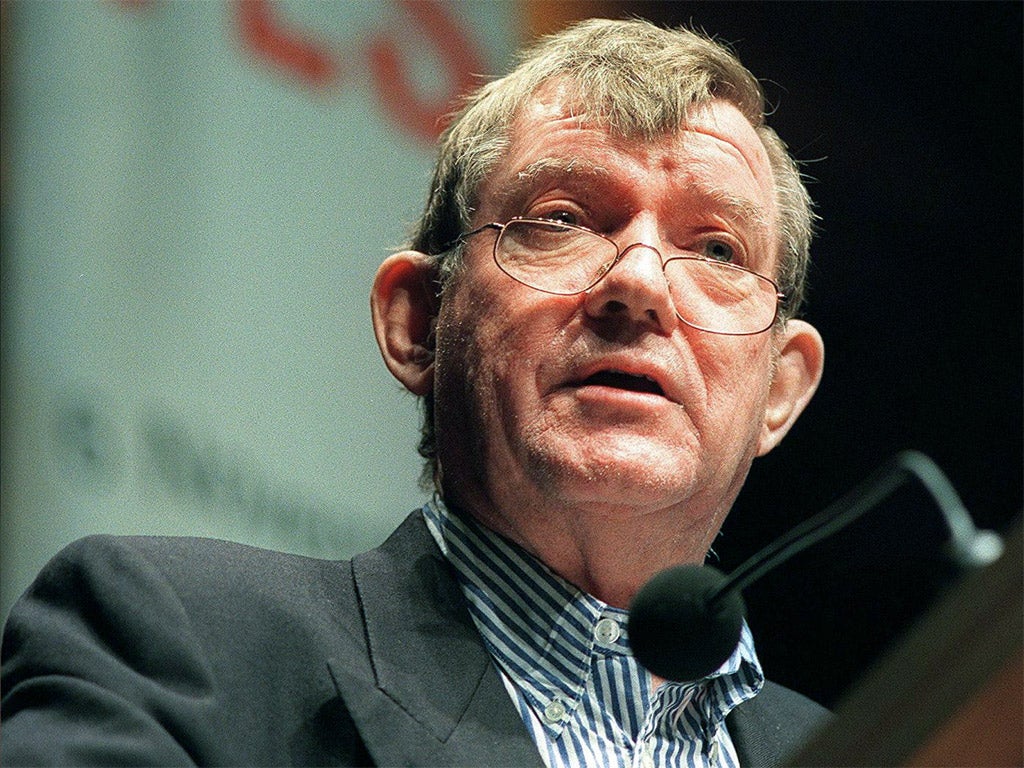Robert Hughes: People's critic, renaissance man
The art historian renowned for his acerbic wit and a personal life blighted by tragedy, has died aged 74

Australia is mourning the loss of possibly its greatest public intellectual, the art critic, historian and bon viveur Robert Hughes, who wrote a definitive account of his country's convict era and helped to make modern art accessible to the wider public.
Hughes, who was 74, died in New York, which had been his home since he became Time magazine's art critic in the 1970s. Despite decades overseas, and a sometimes troubled relationship with his birthplace, the outspoken and combative Hughes remained a frequent visitor. He was also a leading figure in the failed campaign in the late 1990s to turn Australia into a republic.
Yesterday he was hailed as a Renaissance man whose insight and influence went far beyond the art world. The Australian Prime Minister Julia Gillard led the tributes, calling Hughes "one of our finest voices [who] through his writing and public role … defined the artistic taste of a generation of educated Australians".
He was certainly precocious, writing a well-regarded history of Australian art while still in his 20s. Not long afterwards, Mr Hughes quit Australia – where he had been working as a cartoonist and art critic – for London and then New York. In the latter city, he was a larger than life figure, riding around on a motorbike and attending parties with a cockatoo on his shoulder, according to The New York Times.
In 1980 he made the acclaimed BBC television series The Shock of the New, about the development of modern art, which evolved into a book with the same title. One of his friends, Catharine Lumby, an author and academic, said: "He was elitist when it came to evaluating art but he was absolutely egalitarian when it came to communicating why certain works mattered."
Fellow critics yesterday praised not only his brilliant and often acerbic reviews – which led to him being punched by an artist on at least one occasion – but also his gift for language. "Not just the fact that he could always pluck some amazing word out of the air [but] that he would find something that probably hadn't been used since the days of Alexander Pope and slip it in," said John McDonald, art critic for The Sydney Morning Herald.
Hughes – who loathed conceptual artists such as Damien Hirst – wrote more than a dozen books, but by far the most famous was his international best-seller The Fatal Shore, an account of the white settlement of Australia. Time called it a "staggering achievement", and rated it among the top 100 non-fiction works since 1923.
Married three times, Hughes had one child, Danton, who committed suicide in 2002, aged 34. Father and son, a sculptor, had been estranged for years. In an interview four years later, Hughes called Danton "the big failure of my emotional life".
A keen fisherman, he never fully recovered from a car accident during a fishing trip to western Australia in 1999, which nearly killed him and led to a conviction for dangerous driving. Hughes branded the occupants of a car with which he collided "low-life scum", later alleging they had tried to extort money from him. So bitter was he about the resulting media storm that he remarked: "You can tow Australia out to sea and sink it, for all I care." He later retracted the comment. Ms Gillard said he would be "sorely missed".
Robert Hughes on...
Modernism "it will be buoyed up by an immense and irrational hope shared, as cultural movements tend to be, by a small number of like-minded people who only have the haziest notion of, and generally rather despise, what the majorities around them want"
Rembrandt "It is the work of his old age that one most admires: that intimate, unflinching scrutiny of his own sagging, lined and bloated features, with the light shining from the potato nose and the thick paint: the face of a master, the face of a failure and a bankrupt"
Cezanne "The idea that doubt can be heroic, if it is locked into a structure as grand as that of the paintings of Cezanne's old age, is one of the keys to our century. A touchstone of modernity itself"
Francis Bacon "This painter of buggery, sadism, dread and death-vomit has emerged as the toughest, the most implacable, lyric artist in late 20th-century England, perhaps in all the world"
Damien Hirst "What serious person could want those collages of dead butterflies, which are nothing more than replays of Victorian decor? What is there to those empty spin paintings, enlarged versions of the pseudo-art made in funfairs?"
Subscribe to Independent Premium to bookmark this article
Want to bookmark your favourite articles and stories to read or reference later? Start your Independent Premium subscription today.

Join our commenting forum
Join thought-provoking conversations, follow other Independent readers and see their replies